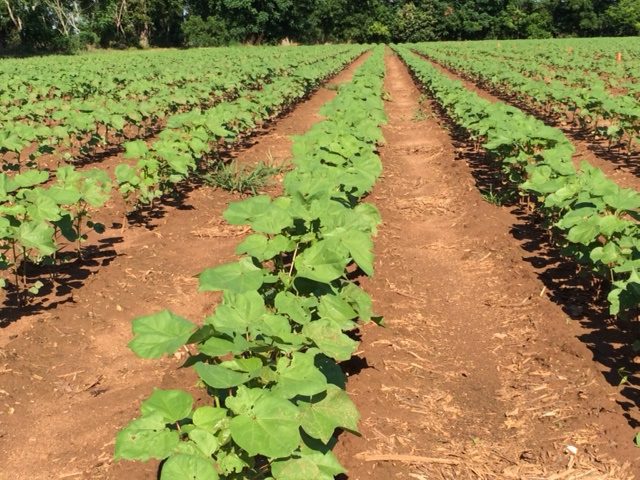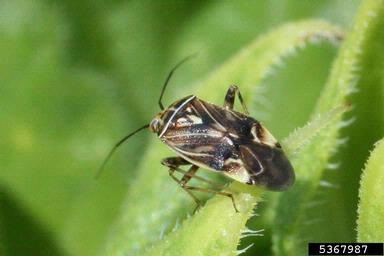Cotton throughout the area is squaring heavily and most of our oldest cotton is probably a week away from first bloom. There are reports of some fields being treated for tarnished plant bugs feeding on pinhead squares. It’s important to scout fields carefully and monitor square retention before making treatment decisions. Plants that are fruiting normally during prebloom should be setting at least 80 percent of the first and second position squares on the upper five fruiting branches. The recommended treatment threshold for plant bugs during the first two weeks of squaring is 8 per 100 sweeps with a sweep net or 1 per 6 row feet with a drop cloth. From the third week of squaring through bloom the threshold is 3 bugs/ 6 row feet using a drop cloth or 15 bugs/ 100 sweeps with a sweep net. A sweep net usually works best in prebloom cotton and a drop cloth during bloom. Plant bug numbers are often highest along field borders, especially next to corn or wild weed hosts such as fleabanes and wild radish.
Resistance to both pyrethroids and organophosphates has been documented in populations of plant bugs in other states. To reduce the chances of resistance try to use neonicotinoid products like Belay, Centric, imidacloprid, and Stafer (acetamiprid) before bloom. Diamond is an insect growth regulator that can be used, but it is only active on the immature plant bugs. It is generally used after the first two weeks of squaring and often mixed with other products. Later in the season, rely more on products like Orthene and Bidrin. Bidrin may only be used before first square or after first bloom.
Aphids and spider mites are beginning to show up in some areas. Be aware that treating for plant bugs can affect beneficials and flare aphids and spider mites. In most years, aphids increase during late June through early July and eventually crash due to a naturally occurring fungus, especially if high humidity conditions exist.
For more information refer to:
2016 Insect Control Guide for Agronomic Crops pp. 2-21, & 96. Publication 2471. Mississippi State University Extension.
Cotton Insect, Disease, Nematode, and Weed Control Recommendations for 2016 pp. 1-12. IPM-0415. Alabama Cooperative Extension System.
Plan A for Plant Bugs UTcrops News Blog. 6/9/19. The University of Tennessee Institute of Agriculture.
2016 Georgia Cotton Production Guide pp. 30-46.
- 2017 UF/IFAS Cotton Variety Trial Results - March 23, 2018
- Burlin and Levi Findley Families Honored as 2017 Santa Rosa County Farm Families of the Year - January 12, 2018
- Snails have Invaded the Western Panhandle - July 14, 2017


